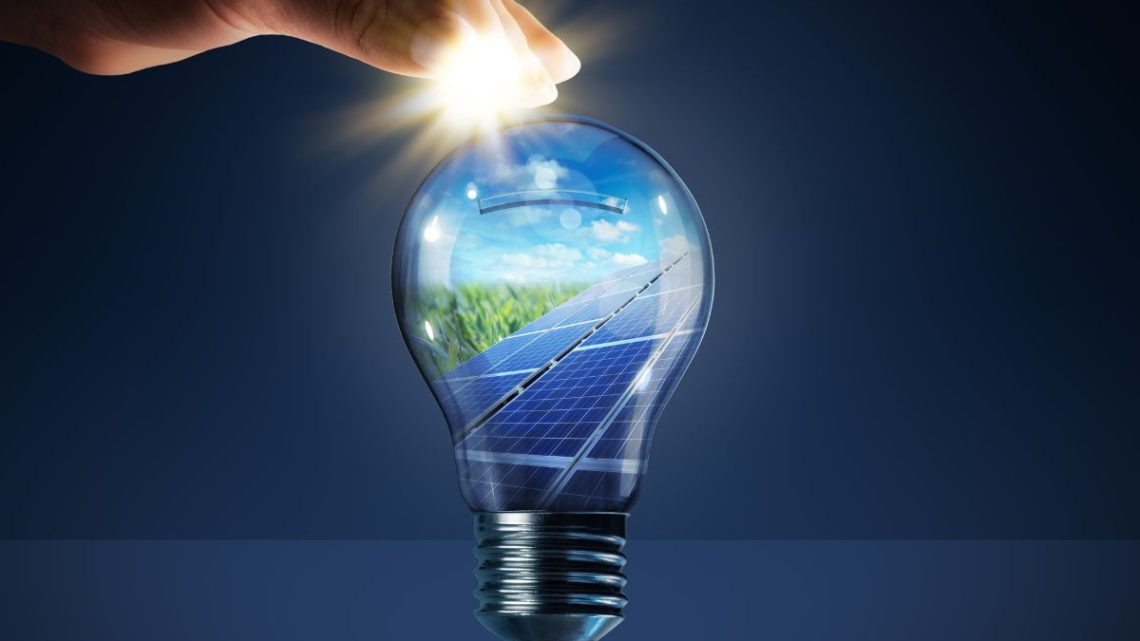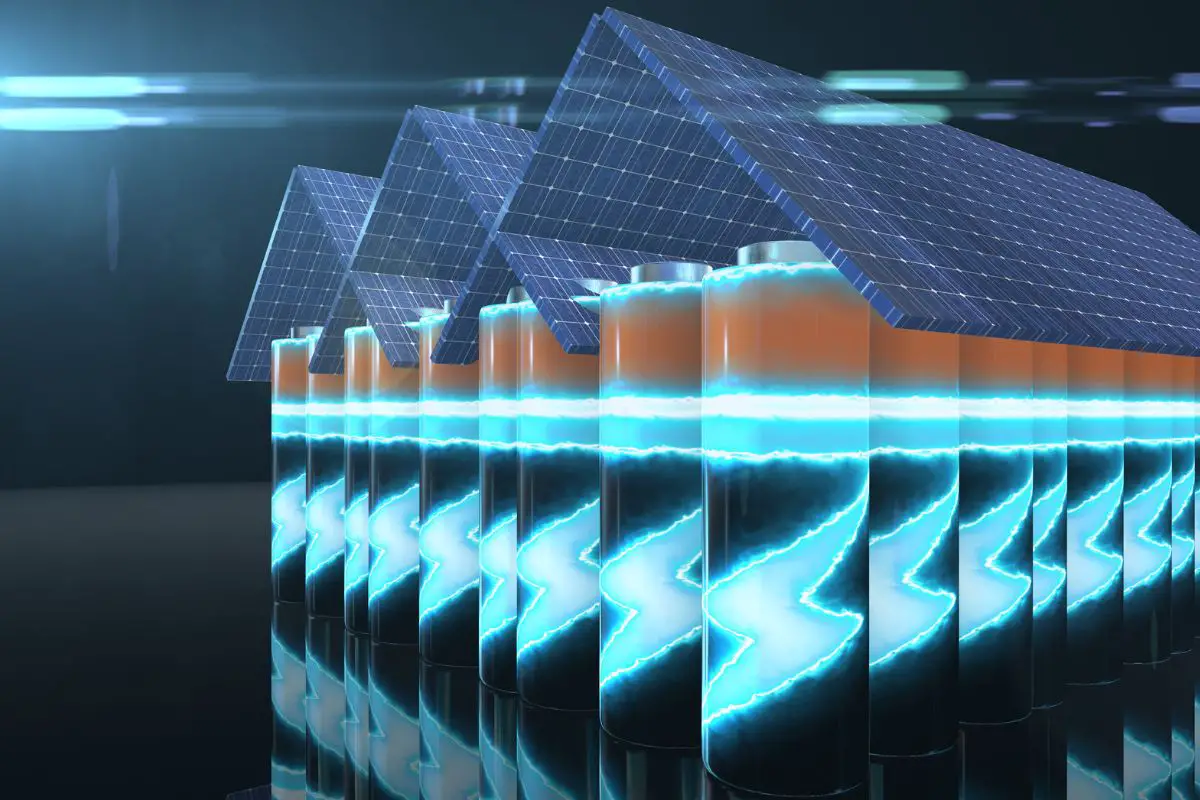
Scientists develop new record-breaking solar energy collection technology
November 23, 2022A professor from the University of Houston is discussing new efficient thermophotovoltaic tech.
Professor Bo Zhao of the University of Houston has reported on the development of a new form of solar energy collection technology called thermophotovoltaics (STPV) which has achieved record-breaking efficiency levels.
Its exceptional harvesting efficiency suggests that the sun could offer enough power for 24/7 use.
The progress seen in solar energy technology over the past several years has been exceptional. That said, despite all the science and research into this category, there have remained limits to the amount of power that can be collected and used simply because the sun only shines during the daytime.

However, Professor Zhao has been pursuing technology systems that would help to overcome those limitations and has been reporting on a new type of power collection that has broken all previous technologies’ efficiency records. This could be laying the path for power from the sun to be usable all day and night.
“With our architecture, the solar energy harvesting efficiency can be improved to the thermodynamic limit,” said Zhao, who – along with their team – published their results in the Physical Review Applied journal. The thermodynamic limit is the uppermost possible sunlight conversion efficiency into electricity.
The new solar energy collection via thermophotovoltaics allows for far better efficiency in sunlight harvesting.
Conventional STPV uses an intermediate layer to improve efficiency of sunlight collection. The intermediate layer’s side facing the sun is designed to absorb the sun’s photons. From there, it is converted into thermal energy of the intermediate layer, raising the intermediate layer’s temperature.
That said, until now, an STPV’s efficiency limit was broadly accepted to be the 85.4 percent blackbody limit, which is considerably lower than the 93.3 percent Landsberg limit, which is the maximum possible solar energy harvesting efficiency limit.
“In this work, we show that the efficiency deficit is caused by the inevitable back emission of the intermediate layer towards the sun resulting from the reciprocity of the system,” explained Zhao. “We propose nonreciprocal STPV systems that utilize an intermediate layer with nonreciprocal radiative properties. Such a nonreciprocal intermediate layer can substantially suppress its back emission to the sun and funnel more photon flux towards the cell.
“We show that, with such improvement, the nonreciprocal STPV system can reach the Landsberg limit, and practical STPV systems with single-junction photovoltaic cells can also experience a significant efficiency boost,” Zhao added.
Hydrogen Cars Poll – Would you drive one if there were more stations? We want to hear from you – Vote Below⤵️



 HFN News is your leading source for fresh hydrogen and renewable energy updates. Amid the fast-paced growth of hydrogen companies, we provide top-notch news and insights about this exciting sector. Our coverage spans from hydrogen cars to global sustainable initiatives, and we highlight the latest in green jobs and developing hydrogen hubs. We invite you to share your local hydrogen news and explore today’s renewable energy job listings on our site. Thanks for choosing HFN News as your trusted guide to the hydrogen and renewable energy world!
HFN News is your leading source for fresh hydrogen and renewable energy updates. Amid the fast-paced growth of hydrogen companies, we provide top-notch news and insights about this exciting sector. Our coverage spans from hydrogen cars to global sustainable initiatives, and we highlight the latest in green jobs and developing hydrogen hubs. We invite you to share your local hydrogen news and explore today’s renewable energy job listings on our site. Thanks for choosing HFN News as your trusted guide to the hydrogen and renewable energy world!